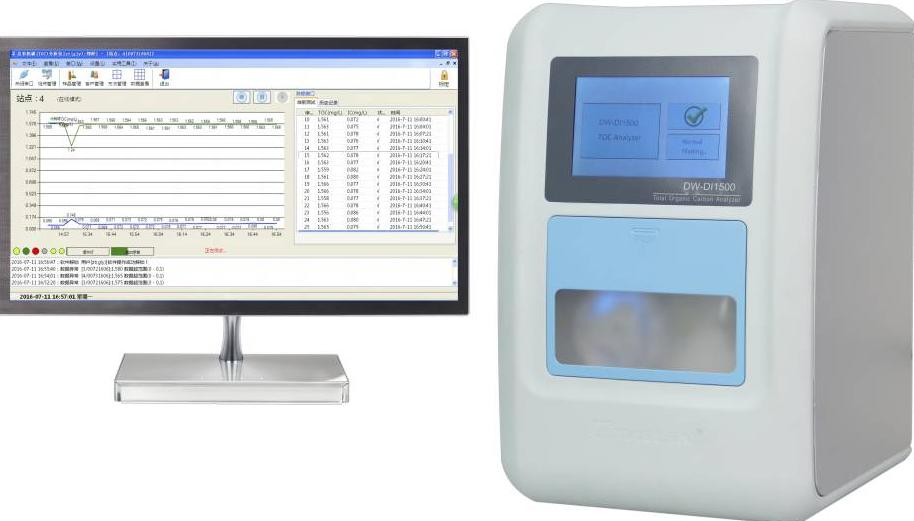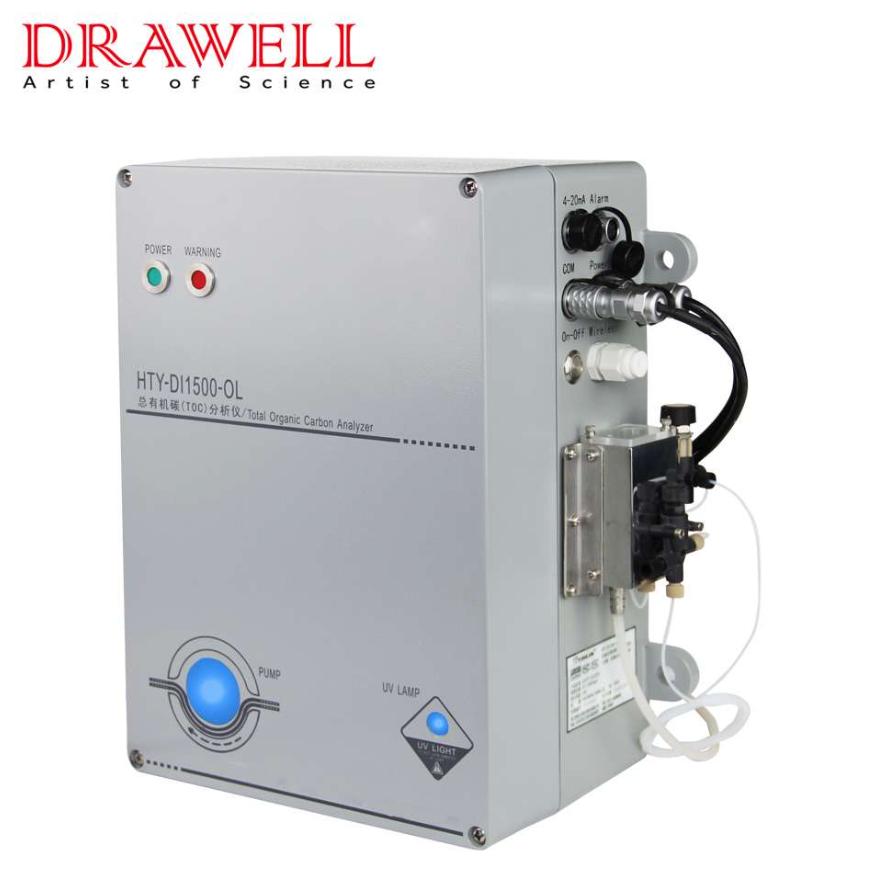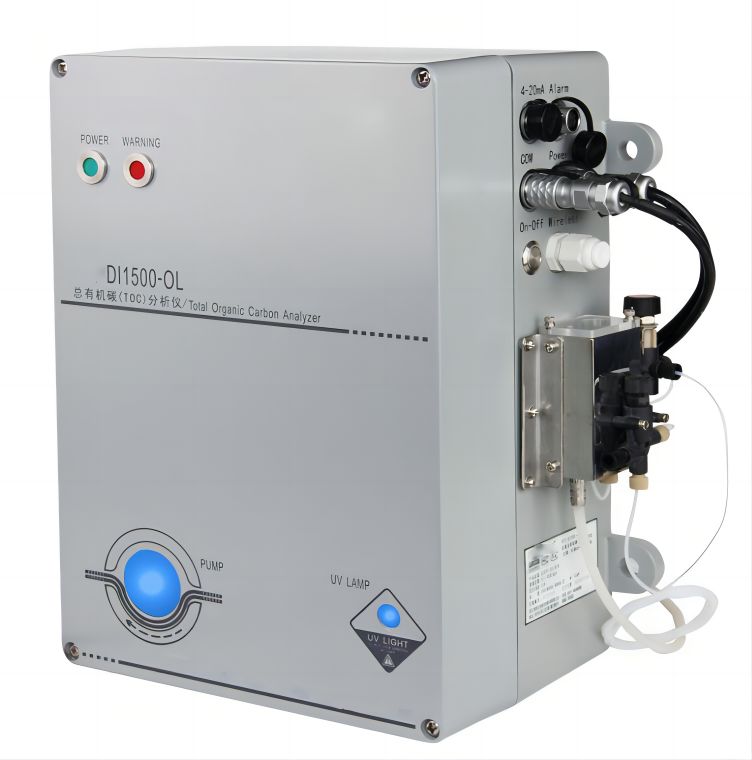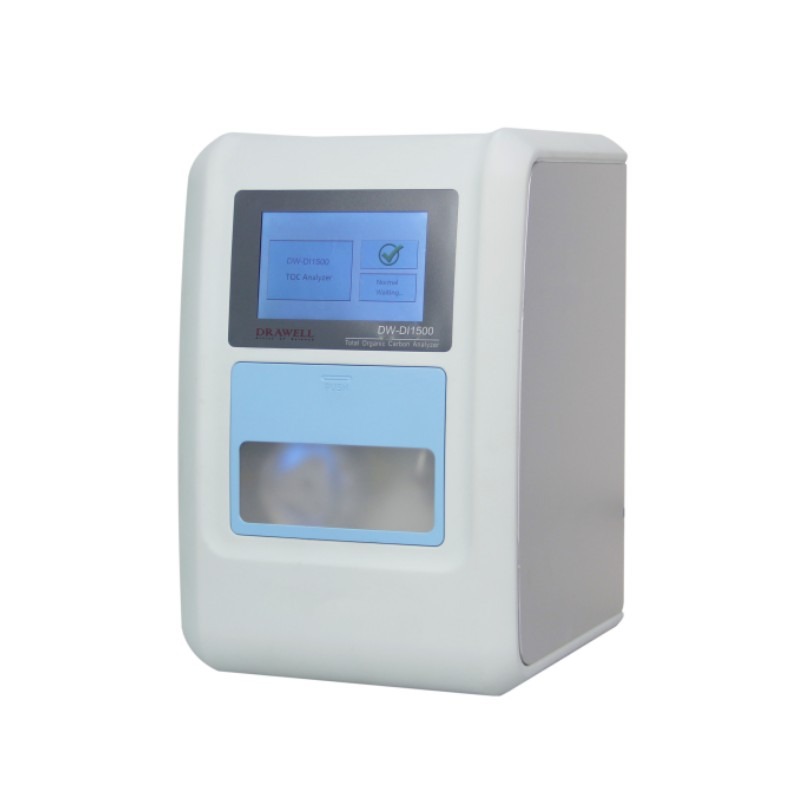Liquid analysis plays a vital role in various industries, ensuring the quality, safety, and compliance of liquid samples. Total Organic Carbon (TOC) analysis is a widely used technique for quantifying the organic carbon content in liquid samples. TOC analyzers provide valuable insights into the concentration of organic carbon, aiding in environmental monitoring, water treatment, pharmaceutical manufacturing, and more. In this article, we will delve into the intricacies of how TOC analyzers analyze liquid samples based on their working principles and the common liquid samples that are analyzed using TOC analyzers.

What Is the Working Principle of TOC Analyzer Analyzing Liquid Samples
TOC analyzers analyze liquid samples by measuring the concentration of organic carbon present in the sample. The specific process may vary slightly depending on the type of TOC analyzer and the analysis method used. Here is a general overview of how TOC analyzers analyze liquid samples:
- Sample Preparation: Before analysis, the liquid sample needs to be properly prepared. This may involve filtration or dilution, depending on the nature of the sample and the requirements of the analyzer.
- Sample Introduction: The prepared liquid sample is introduced into the TOC analyzer. This can be done manually or through an automated sample introduction system, depending on the analyzer’s design.
- Sample Oxidation: The next step is the oxidation of organic carbon compounds present in the liquid sample. Oxidation is necessary to convert the organic carbon into carbon dioxide (CO2), which can be easily measured.
- High-Temperature Combustion: In some TOC analyzers, high-temperature combustion is used to oxidize the organic carbon. The liquid sample is injected into a high-temperature furnace or combustion chamber, where it is heated to a high temperature, typically above 800 degrees Celsius. The organic carbon is oxidized to CO2 and any inorganic carbon (such as carbonate) present in the sample is also converted to CO2.
- UV or Chemical Oxidation: Other TOC analyzers may use UV or chemical oxidation methods. In UV oxidation, the liquid sample is mixed with an oxidizing agent and exposed to ultraviolet (UV) light. The UV light breaks down the organic carbon compounds, converting them to CO2. Chemical oxidation involves adding a strong oxidizing agent, such as persulfate or hydrogen peroxide, to the sample to facilitate the oxidation of organic carbon.
- CO2 Detection: After oxidation, the generated CO2 is measured and detected. Various detection methods can be used, depending on the analyzer type and design.
- Non-Dispersive Infrared (NDIR) Spectroscopy: NDIR is a common detection method used in TOC analyzers. The CO2 produced during oxidation absorbs infrared light at specific wavelengths. The NDIR detector measures the amount of absorbed infrared light, which is proportional to the concentration of CO2 and, thus, the organic carbon content in the sample.
- Conductivity Measurement: Some TOC analyzers use conductivity measurement as a detection method. The CO2 produced during oxidation is converted into carbonic acid in a detection chamber, leading to a change in conductivity. The conductivity change is measured and correlated to the concentration of organic carbon.
- Data Analysis and Reporting: The measured CO2 concentration is then processed and analyzed by the TOC analyzer’s software. The software calculates the total organic carbon (TOC) concentration based on the measured CO2 levels. The results are typically displayed on a screen and can be stored, printed, or exported for further analysis and reporting.
It’s important to note that the exact steps and technologies used may differ depending on the specific TOC analyzer model and manufacturer. However, the general principle involves sample introduction, oxidation of organic carbon, detection of CO2, and subsequent data analysis to determine the TOC concentration in the liquid sample.

What Are the Liquid Samples Analyzed by the TOC Analyzer?
Total Organic Carbon (TOC) analyzers are capable of analyzing various types of liquid samples. The choice of liquid sample depends on the specific application and industry. Here are some common liquid samples that are analyzed using TOC analyzers:
- Drinking Water: TOC analyzers are used to assess the organic carbon content in drinking water. This helps in monitoring the quality and safety of the water supply, ensuring compliance with regulatory standards, and identifying any potential sources of contamination.
- Surface Water and Groundwater: TOC analyzers are employed to analyze surface water bodies such as lakes, rivers, and oceans, as well as groundwater sources. The analysis of organic carbon in these samples assists in evaluating water quality, identifying pollution sources, and understanding the impact of human activities on aquatic ecosystems.
- Wastewater and Effluents: TOC analyzers play a crucial role in monitoring and analyzing wastewater and industrial effluents. These analyzers help in assessing the effectiveness of wastewater treatment processes, monitoring organic carbon levels before and after treatment, and ensuring compliance with discharge regulations.

- Industrial Process Water: TOC analyzers are used to analyze process water in various industries such as pharmaceuticals, food and beverage, and power generation. This includes water used for manufacturing processes, cleaning, rinsing, and cooling. TOC analysis ensures the quality of process water, identifies potential contaminants, and supports process optimization.
- Pharmaceutical and Biotechnology Samples: TOC analyzers are widely employed in the pharmaceutical and biotechnology industries for analyzing purified water used in drug manufacturing, water used for cleaning validation processes, and samples from drug formulations. This analysis ensures the absence of organic impurities, adherence to regulatory requirements, and product safety.
- Cooling Tower Water: TOC analyzers are utilized to monitor the organic carbon content in cooling tower water. This helps in identifying any microbial growth, contamination, or deposition of organic matter, which can negatively impact cooling efficiency and equipment performance.
- Chemical Solutions: TOC analyzers are used to analyze chemical solutions in various industries, including the petrochemical and semiconductor sectors. This includes analyzing organic carbon levels in process chemicals, rinse solutions, and other liquid samples used in chemical processes.
These are just a few examples of the liquid samples that can be analyzed using TOC analyzers. The versatility of TOC analysis allows for its application in various industries where the measurement and control of organic carbon content are essential for quality assurance, compliance, and environmental protection.


